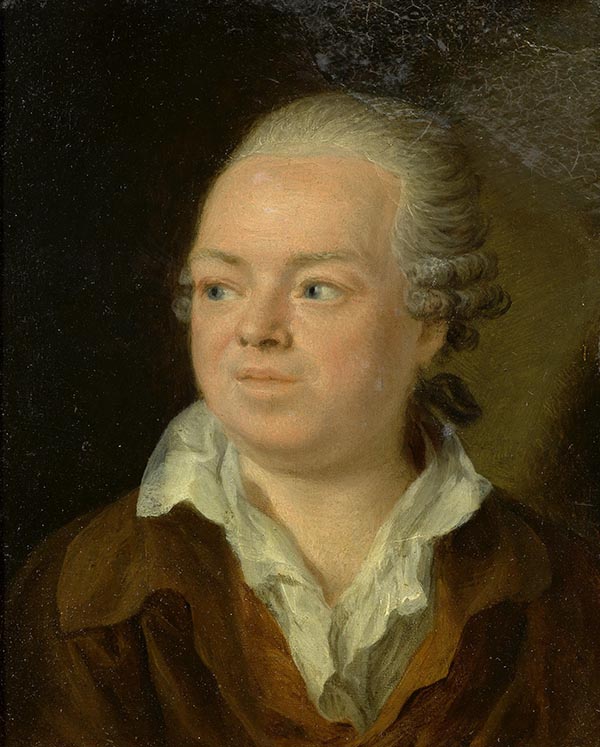Franz Anton Maulbertsch (June 7, 1724 - August 8, 1796) was a German-Austrian painter, artist, and engraver. He was born in Langenargen near the Bodensee in Baden-Württemberg to a father (Anton Maulbertsch) who was also a painter. The younger Maulbertsch studied at the Akademie der bildenden Künste in Vienna, where he studied with Jacob van Schuppen (1670 - 1751), among others. He won first prize in the Academy's painting competition and was set for a very promising career, but was denied a professorship at his alma mater for having an 'overly bold spirit.' Maulbertsch nevertheless excelled, particularly with large paintings and frescoes, which he painted primarily in churches throughout the Habsburg lands, particularly Hungary. Along with Martin Johann Schmidt (1718 - 1801), Maulbertsch is considered the paragon of Austrian late Baroque or Rococo painting. Nevertheless, Maulbertsch's 'overly bold spirit' led him to buck conventions and experiment with different styles; on the one hand, he tended towards Neoclassicism later in life, but on the other, he has been seen as a precursor to Impressionism and Modernism, movements that appeared decades after his death.


